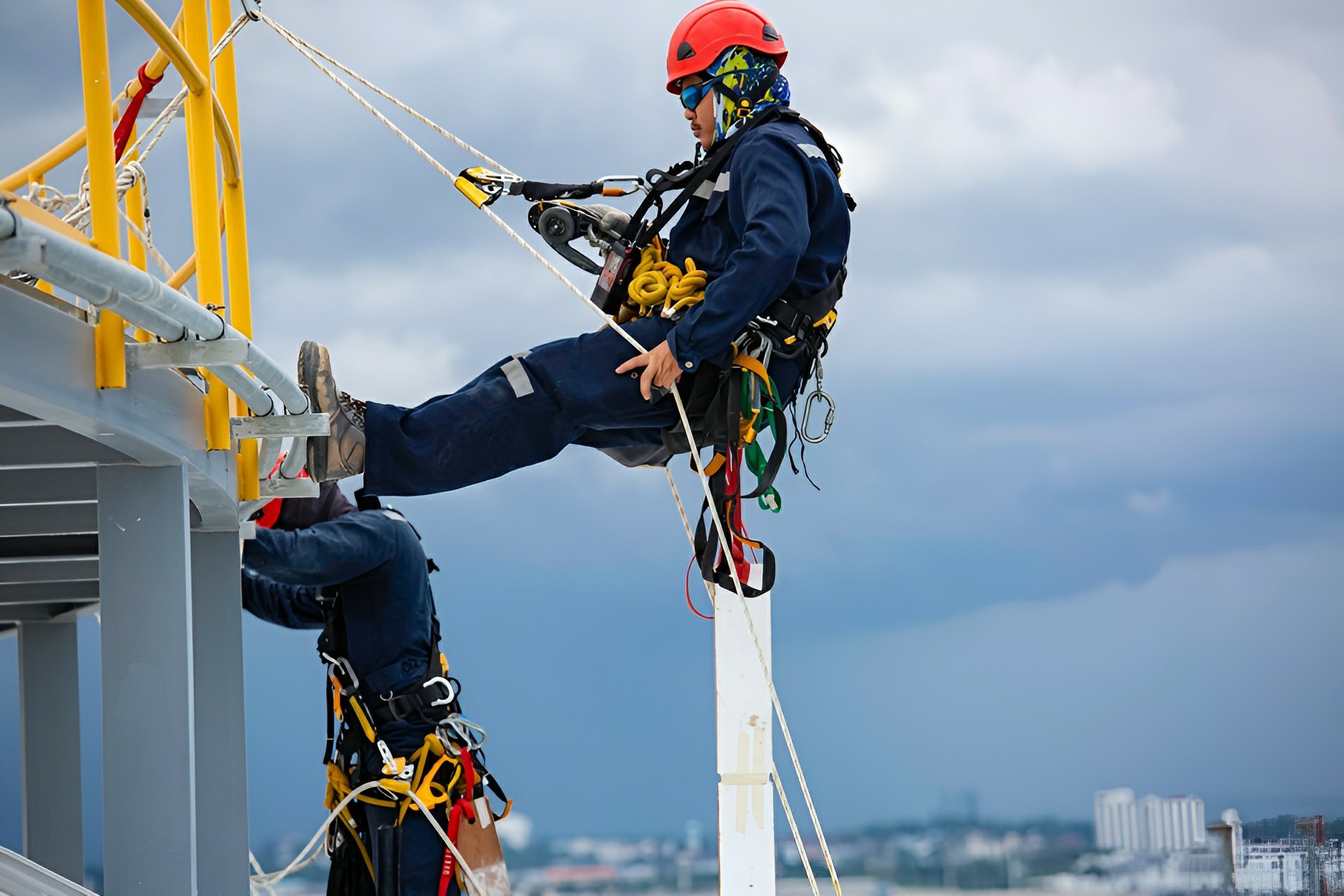Revolutionizing Working at Heights Training: The Impact of Virtual Reality
In today's fast-paced industrial environment, the need for effective and engaging training solutions has never been more crucial, especially for high-risk operations like working at heights. Traditional training methods often fall short, failing to simulate the real-world pressures and risks faced by workers. Enter Virtual Reality (VR), a groundbreaking tool that is revolutionizing Working at Heights training by providing immersive, hands-on experiences that enhance safety and retention.
Why Choose Virtual Reality for Working at Heights Training?
As safety remains a paramount concern in various industries, innovative training solutions are in high demand. VR technology allows trainees to experience high-risk scenarios in a controlled and safe environment. Here’s how VR enhances Working at Heights training:
- Realistic Simulations: VR creates a lifelike representation of dangerous heights and situations, enabling workers to confront their fears and better understand the hazards they face.
- Practice Emergency Procedures: Trainees can engage in emergency response drills, such as how to regain balance or safely descend, without the risk of injury.
- Real-Time Feedback: Participants receive immediate feedback on their actions, helping them grasp the consequences of safety negligence or improper techniques.
Enhancing Learning Retention with VR
Studies have shown that immersive learning experiences enhance information retention significantly. When participants engage in a Working at Heights course using VR, they are more likely to remember crucial safety protocols and techniques. The reasons for this increased retention include:
- Active Engagement: Immersive experiences captivate attention, making learners more invested in the outcome.
- Multi-Sensory Experiences: VR engages various senses, resulting in a deeper understanding of safety practices.
- Safe Environment for Failure: Trainees can make mistakes without real-world consequences, allowing them to learn and improve safely.
Cost-Effectiveness of VR Training
While the initial investment in VR technology may seem significant, the long-term savings can be substantial:
- Reduced Injury Costs: Fewer accidents mean lower costs related to medical expenses, training replacements, and lost productivity.
- Less Time Off Work: Effective training reduces the amount of time workers spend recovering from injuries.
- Scalable Training Solutions: VR modules can be easily updated and reused, allowing companies to adapt to changing regulations without incurring additional costs.
Integrating VR into Your Safety Training Program
Companies interested in implementing VR for Working at Heights safety training can follow these strategic steps:
- Assess Training Needs: Determine the specific hazards and training requirements relevant to your workforce.
- Choose a VR Provider: Look for experienced providers who specialize in VR safety training solutions tailored to your industry.
- Pilot Program: Start with a pilot program to gauge effectiveness and gather feedback for improvements.
- Integrate with Existing Training: Ensure that VR complements traditional methods, enhancing overall training effectiveness.
Success Stories: Companies Embracing VR in Training
Numerous organizations across the globe have adopted VR to enhance their Working at Heights training. Here are a few examples:
- Construction Firm X: Implemented VR training modules to train over 1,000 employees, resulting in a 30% decrease in fall incidents during the first year.
- Maintenance Company Y: Utilized VR simulations for emergency drills that improved their team’s response time to incidents significantly.
- Utility Provider Z: Enhanced their safety course with VR technology, reporting improved employee performance and increased knowledge retention.
Conclusion: Embracing the Future of Workplace Safety
As industries increasingly prioritize safety, integrating Virtual Reality into Working at Heights certification and training courses becomes essential. The benefits of immersive learning—enhanced retention, hands-on experience, and cost-effectiveness—present a strong case for companies to consider adopting this cutting-edge approach.
Ready to revolutionize your Working at Heights training? Explore our Working at Heights Course Online and discover how VR can enhance your workforce's safety. For inquiries, contact us at [email protected].



 349,500 Offered Certificates
349,500 Offered Certificates
 24/7 Online Training
24/7 Online Training
 Money Back Guarantee
Money Back Guarantee
 Fully Accredited Courses
Fully Accredited Courses
